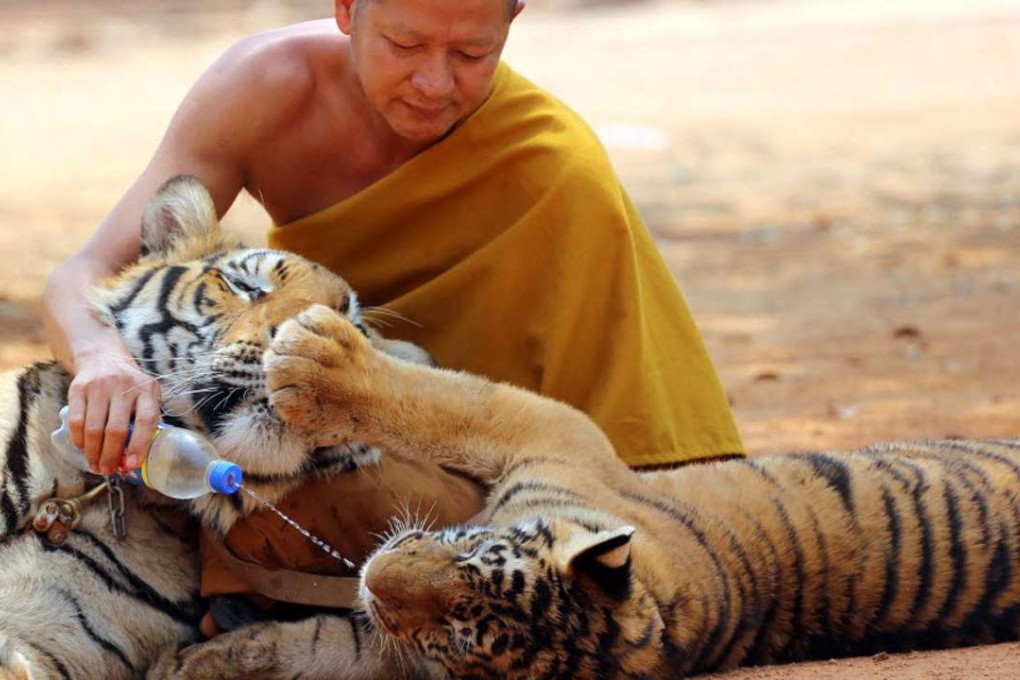Raid on Tiger Temple reveals grim reality of Thailand’s rampant animal trafficking
The monks at the temple first started taking care of tigers in 1999 and there were eventually 147 of them living there.

The discovery of tiger parts, dead cubs and many made-from-tiger amulets at a famous temple in Thailand in early June has drawn attention to the country as a well-known trafficking hub of wildlife animals and their products.
Under the Convention on International Trade in Endangered Species signed by 182 parties including Thailand, international wildlife trade of endangered and protected species both plant and animal is prohibited. Tigers are on the list.
The controversial Tiger Temple, formally known as Wat Pa Luangta Bua Yannasampanno, in Thailand’s western province of Kanchanaburi has long attracted tourists as they can touch the big cats and feed their cubs closely.
No one could imagine that one day the animals which lived under the protection of Buddhist monks in the sanctuary would be reported as being abused and traded illegally.
According to records, the monks at the temple first started taking care of tigers in 1999. As time went by, the tigers multiplied until there were 147 of the carnivorous mammals living there.